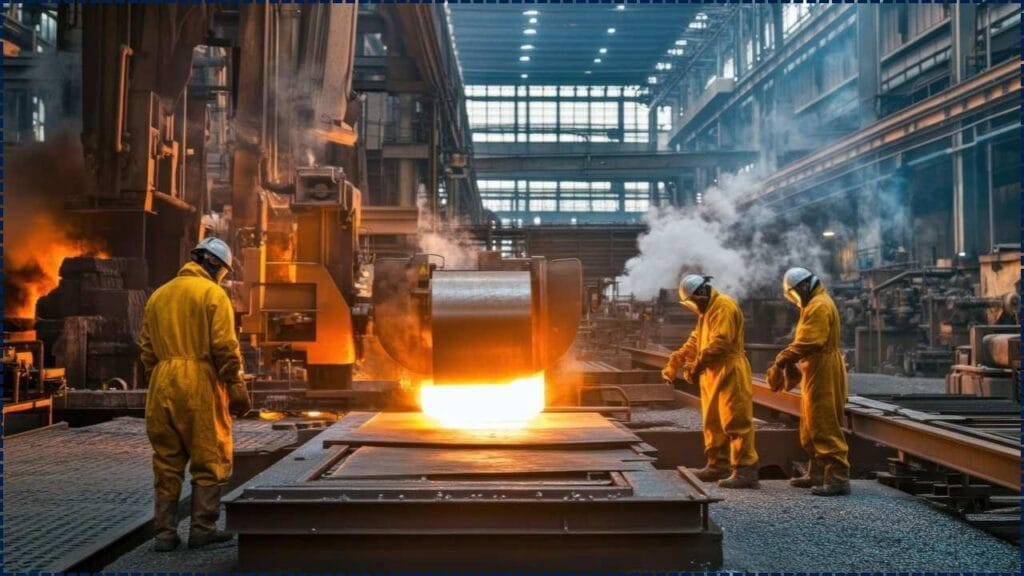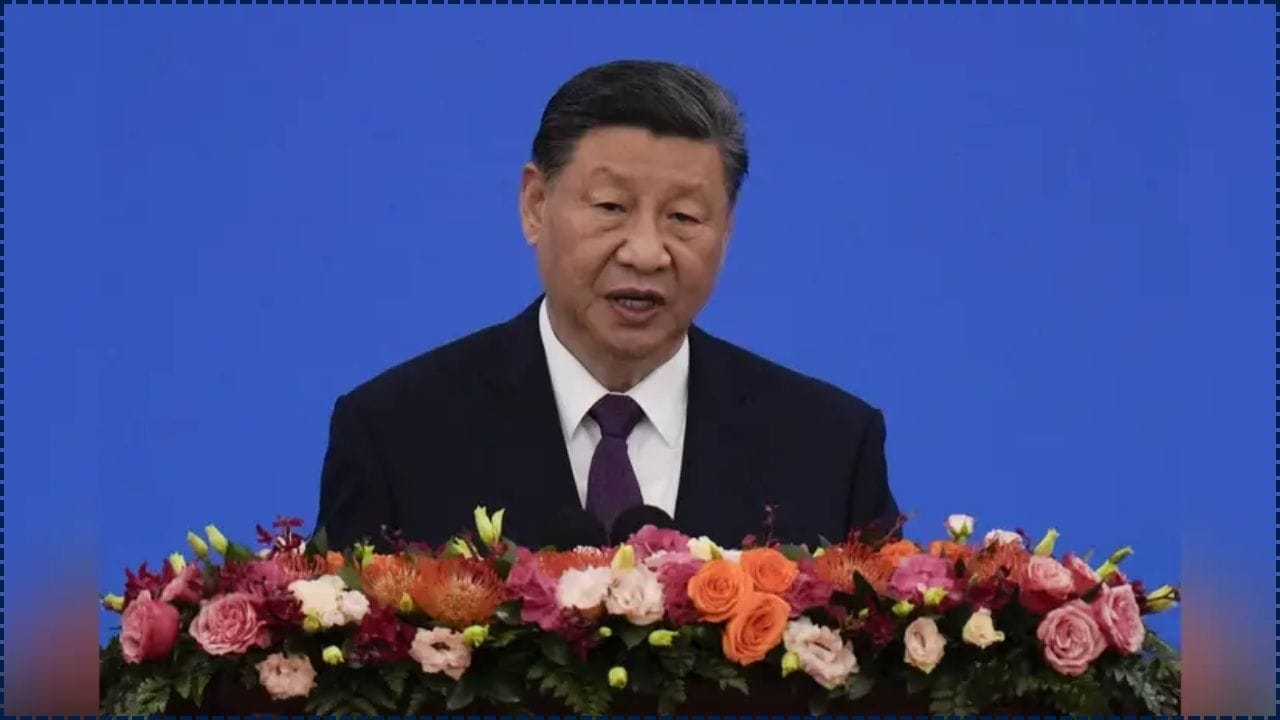Imagine this: you’re building a LEGO tower, but suddenly, your main brick supplier closes shop. That’s pretty much what’s happening in the West’s critical minerals industry right now. Metal smelting – the backbone of refining raw ores into usable metals – is hitting a breaking point, triggering what experts call a new critical minerals crisis in the US, Europe, and allied countries. This crisis threatens everything from smartphones and EV batteries to defense systems and renewable energy grids.

West Faces a New Critical Minerals Crisis
| Topic | Details |
|---|---|
| Crisis | Metal smelting economics collapsing in the West |
| Main issue | Negative TCRCs (Treatment and Refining Charges) force smelters to pay miners |
| China’s dominance | Controls ~60%+ of aluminum, ~50% of zinc, and leads in copper refining |
| Strategic metals impacted | Gallium, tellurium, antimony, nickel, copper |
| Professional insight | Smelting collapse threatens energy transitions, tech manufacturing, and defense supply chains |
| Official resource | USGS Critical Minerals Portal |
The West’s critical minerals crisis is deepening as metal smelting hits economic rock bottom. Without urgent action to support domestic smelters, secure energy deals, and build strategic stockpiles, Western nations risk ceding control of key supply chains to China – threatening national security, energy transitions, and industrial resilience.

What’s Going On With Metal Smelting?
Smelting Economics Have Collapsed
Smelting, in simple words, is the process of turning raw metal ores into pure usable metals. It’s what turns rocks into copper wires for your house or nickel sheets for EV batteries.
But here’s the kicker:
- Treatment and Refining Charges (TCRCs), the fees smelters earn from miners to process ore, have flipped negative for copper smelters.
- Smelters now pay miners ~US$45/ton just to get raw materials processed (Discovery Alert).
That’s like a restaurant paying farmers to send them vegetables. Economically unsustainable, right?
Why Did This Happen?
- China’s overcapacity. China ramped up smelting output ~14% year-to-date, while mine supply rose only 1–3%.
- Low power costs in China. Smelting is energy-intensive. Chinese smelters benefit from cheap, often subsidized electricity.
- State-backed subsidies. Losses in smelting are offset by profits in refining and manufacturing, something Western companies can’t match (Financial Times).
What’s at Stake?
Strategic Metal Dependency
Metals like:
- Gallium (LEDs, semiconductors)
- Tellurium (solar panels)
- Antimony (missiles, electronics)
- Nickel & Copper (EV batteries, power grids)
…are critical for defense, clean energy, and tech industries. If smelters shut down, the West becomes even more dependent on Chinese refiners.
Why This Matters to Everyone
For Kids (10-Year-Old Explanation)
Imagine you’re making mac ‘n’ cheese, but suddenly, stores run out of milk and cheese because the dairy factory closed. No matter how many noodles you have, you can’t make the dish. Smelters are like that dairy factory for metals – without them, nothing gets made.
For Professionals
If Western smelting collapses:
- Energy transitions stall. EVs and solar grids need copper and nickel.
- Defense production risks. No domestic supply of gallium or antimony is a national security nightmare.
- Tech manufacturing delays. Semiconductors, batteries, and electronics rely on these refined metals.
Breaking Down the Crisis West Faces a New Critical Minerals Crisis
- Negative TCRCs: Copper smelters, particularly in Asia and Europe, are paying miners to process ore, erasing profit margins (TradingView).
- China’s Smelting Expansion: While Western smelters close, China continues building capacity. Their vertical integration model ensures profits at later manufacturing stages cover smelting losses (AINVEST).
- Geopolitical Risk Grows: As China dominates refining for:
- 90% of rare earths
- ~60% of aluminum
- ~50% of zinc
- Growing copper & nickel refining capacity
- …Western supply chains become fragile.
- Industry Calls for Government Action: Smelters demand:
- Power subsidies or contracts to match China’s low costs.
- Tax credits like the US IRA’s 10% credit to attract investment.
- Strategic stockpiles, similar to oil reserves, for critical minerals (Reuters).
Related Links
Ancient Bracelet Forged From Extraterrestrial Metal Stuns Archaeologists
Metal Tubes Found in 1897 May Be the World’s Oldest Known Drinking Straws
Rare Mars Rock Found on Earth Could Fetch $4 Million at Auction
Practical Solutions – What Can Be Done?
1. Recognize The Crisis
Governments must acknowledge smelting capacity is as critical as mining. Without refining, raw ores can’t become usable products.
2. Strengthen Energy Deals
Secure long-term green energy deals for smelters, similar to Canada and Norway, where hydroelectricity powers aluminum and nickel smelting efficiently.
3. Reintroduce Tax Credits
Reinstating tax incentives for smelting capacity investments levels the playing field with China.
4. Build Strategic Stockpiles
The EU is already stockpiling rare earths and battery minerals. The US and allies should follow suit to buffer geopolitical risks.
5. Promote Recycling
Recovering critical minerals from electronics and EV batteries reduces virgin mining needs and supply dependency.
6. Forge International Alliances
Quad nations (Australia, India, Japan, US) are coordinating mineral resilience. Expanding such partnerships boosts security (The Australian).
FAQs
Q1. Why don’t miners build their own smelters?
Smelting is expensive, energy-intensive, and environmentally regulated. Many miners prefer focusing on extraction.
Q2. Can new smelters solve the crisis quickly?
No – permitting, building, and operating a smelter takes 10–20 years. This is why protecting existing capacity is crucial.
How does this affect consumers?
Without local smelting, costs of EVs, electronics, and infrastructure could rise significantly, or face supply delays.
Q4. Isn’t mining the only problem, not smelting?
Both are essential. No smelting means no usable metal, no matter how much ore you mine.








